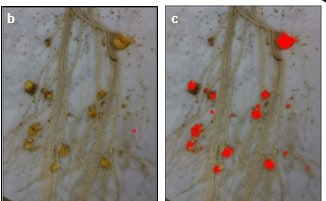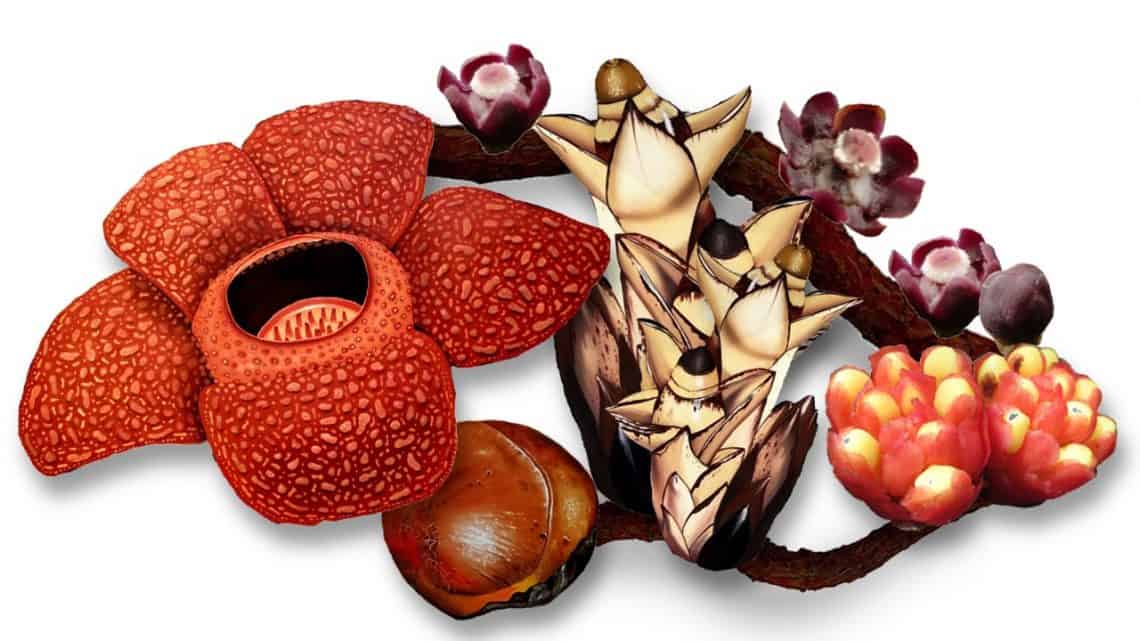Our study proposes a rapid, accurate and low-cost phenotyping tool for the sunflower/O. cumana interaction under controlled conditions through image analysis for broomrape tubercle analysis at early stages of the interaction. We optimized the phenotyping of sunflower/O. cumana interactions by using rhizotrons (transparent Plexiglas boxes) in a growth chamber to control culture conditions and Orobanche inoculum. […]
Image analysis for the automatic phenotyping of Orobanche cumana tubercles on sunflower roots.









